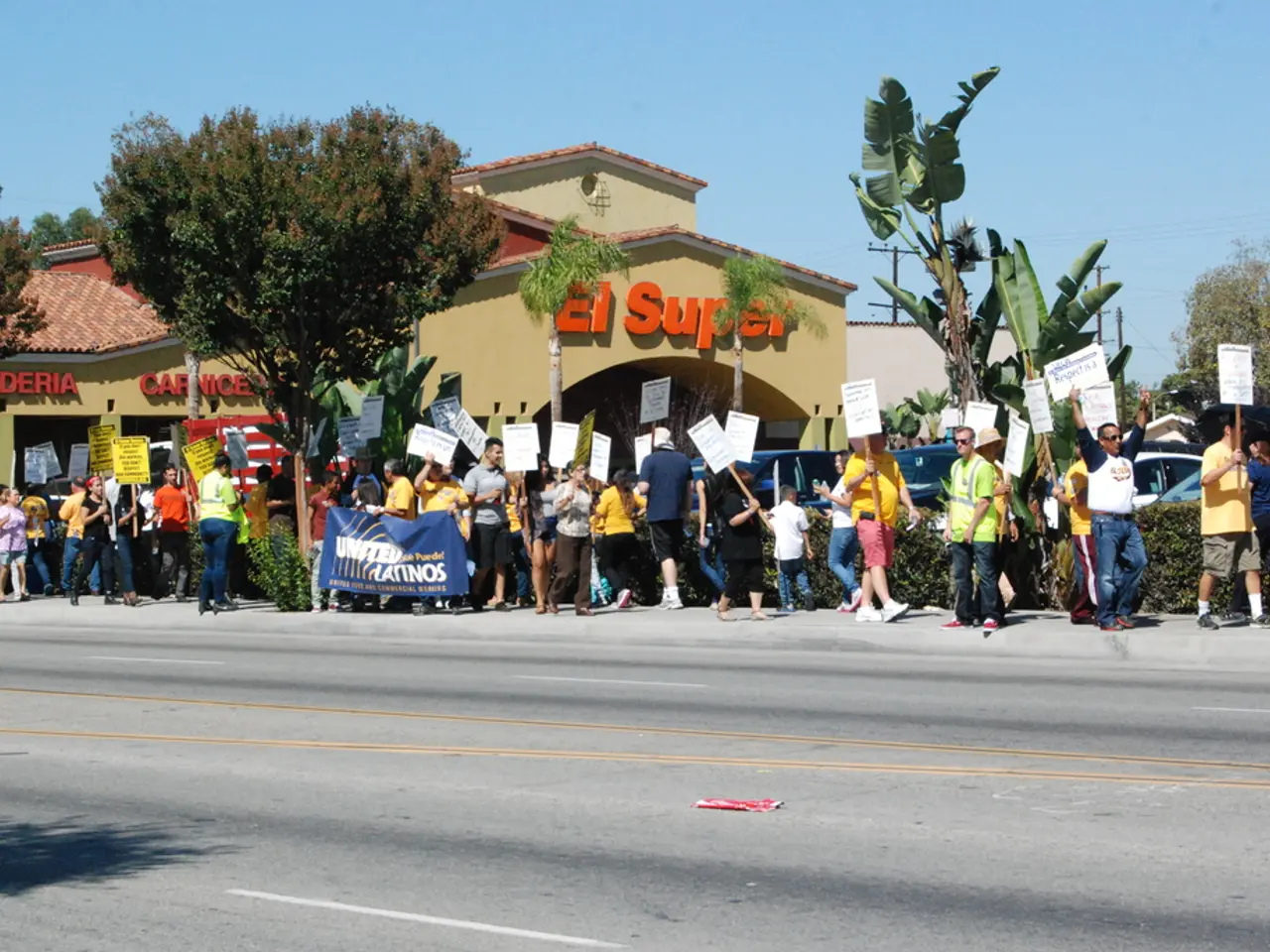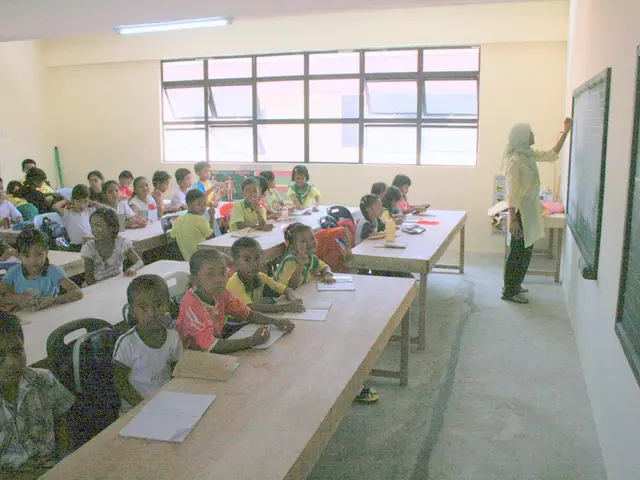Essential Elements for an Effective Political Marketing Campaign Website
A well-designed political marketing campaign website is essential for reaching and engaging voters effectively. Here are some best practices to consider:
1. Clear and Concise Messaging
- Manifesto and Policy Highlights: Clearly outline your campaign's mission, vision, and policy positions. Use easy-to-understand language and ensure that key messages are prominently displayed.
- Visual Storytelling: Incorporate powerful imagery and videos to convey your message and inspire voters.
2. Mobile-Responsive Design
- User Experience: Ensure that your website is optimized for mobile devices, as most users access political information on their smartphones. A mobile-responsive design ensures that content is accessible and engaging across all devices.
- Load Speed: Ensure that your website loads quickly, ideally under three seconds, to prevent user frustration and improve engagement.
3. Engagement Tools
- Blogging and News Updates: Regularly update your blog with news, policy updates, and campaign events. This helps maintain a strong connection with voters.
- Interaction Tools: Implement features like chatbots, polls, or discussion forums to encourage voter interaction and feedback. This can help gather insights and build community engagement.
4. Accessibility and Usability
- User-Centric Navigation: Ensure that your website's navigation is intuitive, making it easy for users to find information and take action.
- Accessibility Features: Incorporate features that enhance accessibility, such as clear typography, high contrast colours, and compatibility with screen readers.
5. Digital Fundraising and Action Tools
- Donation Integration: Make it easy for supporters to donate by integrating secure donation platforms that support mobile payments.
- Action Buttons: Use clear and prominent calls-to-action (CTAs) to encourage users to engage in campaign activities, such as volunteering or registering to vote.
6. Social Media Integration
- Cross-Platform Engagement: Connect your website with social media platforms to share updates and engage with a broader audience.
- Campaign Consistency: Ensure that your branding and messaging are consistent across all platforms to build a strong campaign identity.
7. Data Analytics and AI Integration
- Data Insights: Use data analytics to understand voter behaviour and preferences. AI can help personalize content and optimize resource allocation.
- Real-Time Feedback: Employ real-time feedback mechanisms to adjust your campaign strategy based on user interactions and engagement metrics.
By implementing these strategies, you can create a website that effectively communicates your campaign's message, engages voters, and supports your political goals.
Additional Features
- A content management system (CMS) like WordPress makes adding and editing content easy.
- The website should have pages for important information such as the campaign's goals, biography of the candidate, news, contact information, etc.
- The website should have a modern and responsive design.
- Programming is necessary to create the functionality of the website.
- The website should have a way to influence media coverage by providing accurate information and quotes.
- The website should have a way to produce professional-looking graphics for its design.
- The website should have a secure online donation system.
- The website should have a contact form for people to quickly get in touch with the campaign.
- The website should have a way to protect sensitive donor and volunteer data and prevent hacking or misinformation.
- The website should have a way to offer opportunities for supporters to get involved.
- The website should have a way to improve its search engine rankings.
- The website should have a way to target local voters by highlighting local issues, events, and volunteer opportunities specific to the region.
- The website should have functionality for visitors to donate money to the campaign or purchase merchandise.
- The website should have a way to send out automated emails to potential voters and volunteers.
- The website should have a way to provide regular content updates.
- The website should focus on a single goal and have strong calls to action that encourage visitors to take action.
- Blogging capabilities allow for sharing news and updates about the campaign.
- The website should have a way to improve its user experience by reducing bounce rates and enhancing SEO performance.
- The website should have a way to collect email sign-ups through forms.
- The website should have a way to easily integrate with social media platforms.
- Analytics software can be used to track how well the website is performing.
- Search engine optimization (SEO) services can help the website rank higher in search engine results pages (SERPs).
- The website should have a way to improve credibility by presenting accurate information, professional design, and transparent communication.
- Incorporate a blog section for news, policy updates, and campaign events to reinforce connections with voters.
- Integrate chatbots, polls, or discussion forums to encourage interaction and feedback from voters, fostering community engagement.
- Utilize AI and data analytics to comprehend voter behavior and preferences, personalizing content and optimizing resource allocation.
- Ensure the website is compatible with screen readers, using clear typography and high contrast colors to enhance accessibility.
- Allow secure mobile donations through integrated donation platforms for fundraising purposes.
- Implement consistent branding and messaging across all social media platforms to establish a cohesive campaign identity.
- Employ real-time feedback mechanisms to modify the campaign strategy based on user interactions and engagement metrics.
- Leverage programming to create the website's functionality, including features for improving user experience, search engine rankings, local voter targeting, email sign-ups, and social media integration. Additionally, secure the website to protect sensitive donor and volunteer data, prevent hacking, and offer opportunities for supporters to get involved.




